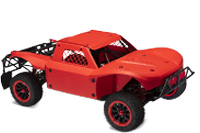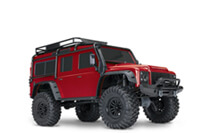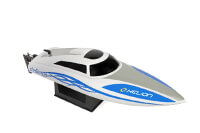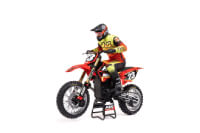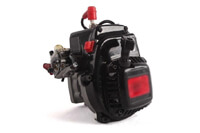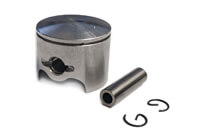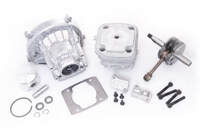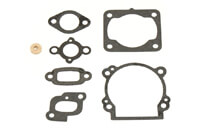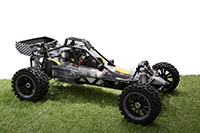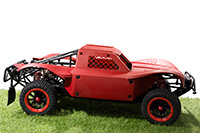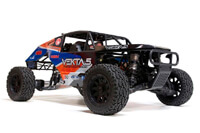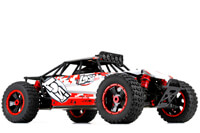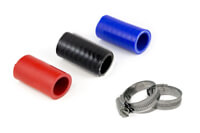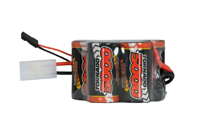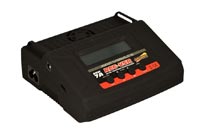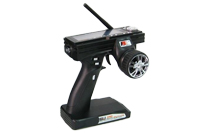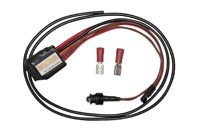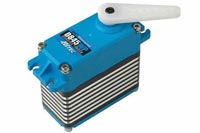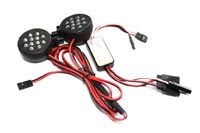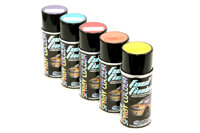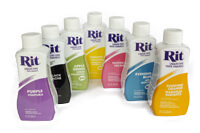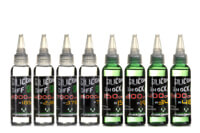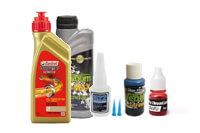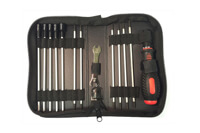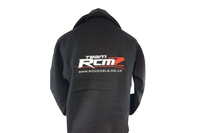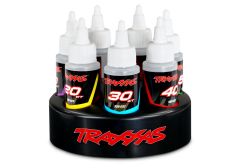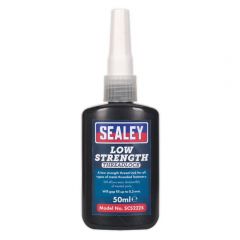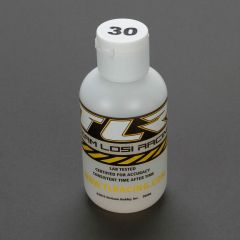We use cookies to make your experience better. To comply with the new e-Privacy directive, we need to ask for your consent to set the cookies. Learn more.
TLR 50000CPS Silicone Differential Oil
Note: Pic is of a different weight oil, you will recieve the weight listed in the description
Effects of Differential Oil
A good starting point that will work for most cars is, front-centre-rear, 5000-7000-3000 (Note: This is different on the Losi 5ive-T platform please see the diagrams page on our website for Diff Oil Information on those models)
This is a popular basic set up
Front
Thinner
- Increases steering into corners (off-power)
- If oil is too thin the steering may become inconsistent,especially it can lose forward traction (and steering) during acceleration out of corners
Thicker
- Increases stability into corners during braking
- Increases steering on-power at corner exit
Center
Thinner
- Front wheels unload more during acceleration
- Decreases on-power steering (reduces oversteer)
- Easier to drive on rough tracks
- If a high-power engine is used you could waste too much power and sometime "cook" the oil in the center differential because it "overloads"
- More off-power steering
Thicker
- More all-wheel drive effect
- Better acceleration
- Increases on-power steering (reduces understeer)
- Better suited on high-bite, smooth tracks
- Car can be more nervous to drive especially if a high power engine is used - you might need to be smooth on the throttle
Rear
Thinner
- Increases cornering traction
- Increases steering into corner
Thicker
- Decreases rear traction while cornering
- Reduces wheelspin
Set Up
A good starting point that will work for all cars is, front-centre-rear, 5000-7000-3000. This is a popular basic set up, I tend to like to run a thicker diff in the front, to smooth out the aggressive steering, and a thinner in the middle, to smooth out the acceleration and punch, so 7000-5000-3000.
Diffs can make you fast or slow. Everyone has their own driving style, and it is good to try different diff combinations for oneself, to see what feels best, and what is the fastest combination. Normally thinner oils will make the car easier to drive. On slippery, bumpy tracks thinner oils are better. On smooth high traction tracks thicker diffs will be better. Thicker diffs give more acceleration, more cornerspeed, and help to make the car more stable on a high traction surface. On special tracks, that are really smooth and high traction, asphalt like, the car will be a lot more stable and fast in the corners if all diff oils are made thicker. Front and centre by about 10000 compared to the normal set up, and rear maybe 5000. Because the track is so smooth you can get away with it.
The front diff mainly affects steering on and off power, and acceleration, the centre diff affects the way the car handles bumps, and acceleration, and the rear diff affects rear traction and steering. Next I will try to explain what each diff does when tuned separately.
Front Differential
Using thicker oil will make the car turn more on power, out of the corner, and accelerate faster. The car will turn less into the corner, as off power steering is reduced. It will feel more stable, and can be easier to drive in bumps. If the car is twitchy and feels inconsistent on a rough track, a good idea is to try a thicker front diff. A thinner front oil will have the opposite effect, less on power steering, more off power steering, less stability. Usually the oils used in the front diff range from 3000-15000. 5000-7000 is a safe bet on all tracks, with the car it is also possible to use thicker oils as it has so much off power steering, so 10-15k will work on most tracks.
Centre Differential
Using thicker oil in the centre diff makes the car accelerate a lot faster, but it can be harder to drive in bumps and on slippery tracks. It gets a bit confusing though, because if the track is soft, and it gets really bumpy, a thicker centre diff can actually make the car skip over the tops of the bumps, and thus it will actually be better and faster. But most of the time, thinner centre diffs are used for blown out tracks. A thick centre diff oil will also make it easier to get on power steering, as the rear of the car can be made to slide out when on power. The centre diff usually has the thickest oil of the three diffs, or the same as the front. The oils used normally range from 3000-20000. A safe bet is 5000-7000. Normally never go below this, because I feel that It will loose too much acceleration, specially the first "snap" when I get on the gas. And if a thicker centre diff oil is used, the front diff also needs to have thicker oil, so the car still remains stable under acceleration.
Rear Differential
The rear diff set up is the one that varies the most between different drivers. This is because the rear diff has a big effect on rear traction, and each driver's driving style determines what oil should be used. It is vital to get the right rear diff oil that suits your driving style, otherwise you will only be fighting your car. Some years ago it seemed like everyone always used the thinnest possible rear diff oils. I think it was because people were used to electric offroad. A thin rear diff oil will make the car have a lot of steering into corners, the car is easy to control when accelerating, even if it's bumpy. So it seems like the way to go right? Yes and no. One drawback is that the rear can lose its traction suddenly. It will have traction, and then lose it all at once when entering a corner. A thin rear diff suits drivers that brake before a corner, keep a tight line around it, then accelerate hard after the corner, towards the next obstacle. This is not how I drive. I like to control the car a lot with the throttle. A thicker rear diff oil will make this possible, it will be possible to steer the car with the throttle. You can enter the corner aggressively because the rear is very stable, and won't suddenly lose its traction, it will start sliding in a controllable way. After braking, it is possible to drift on throttle, like a rally car through the corner and onto the next straight.
The thick oil makes the rear tires pull more evenly. On a slippery or bumpy track the car can be too hard to drive. The rear diff oil is normally the thinnest of the three diffs, or the same as the others. The oils used range from 1000-7000. 3000 is a safe bet, no matter what your driving style, or what the track conditions. I nearly always use 4000-5000.
Colour: Clear
Compatible with: HPI Baja 5B, KM Buggy, Rovan Buggy, KM Blade, Q-Baja, KM T1000, HPI Baja 5T, HPI Baja 5SC, Losi 5ive-T, TLR 5ive-B,Losi Mini WRC,King Motor X2,30 Degree North Truck,30 Degree North Buggy,FID Dragon Hammer,FID Dragon Hammer V2,MCD RR5,MCD W5,VEKTA.5,VEKTA.5TT,
| Colour | Clear |
|---|---|
| Brand | Losi |
| Car | 30 Degree North Truck, 30 Degree North Buggy, Rovan Buggy, Losi DBXL, KM Buggy, FID Dragon Hammer, HPI Baja 5B, HPI Baja 5SC, HPI Baja 5T, King Motor X2, KM Blade, KM T1000, Losi 5ive-T, Losi Mini WRC, MCD RR5, MCD W5, Q-Baja, VEKTA.5, VEKTA.5TT |



